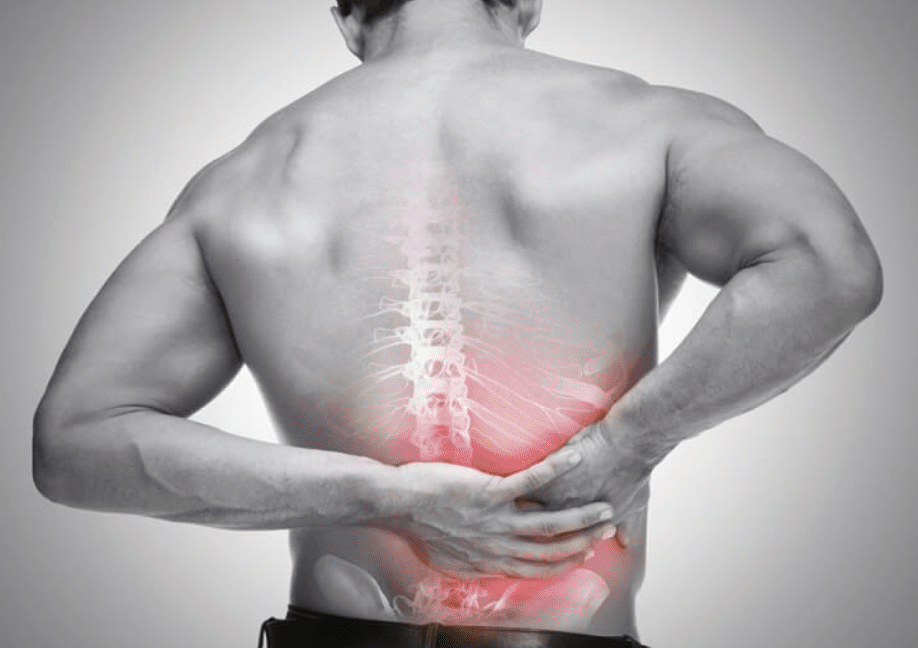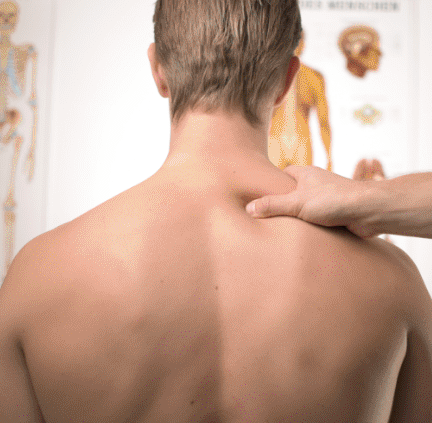The Centers for Disease Control and Prevention reports that the percentage of children—in the age range of 5–11 years—who are in good health stands at 85.3 percent. While this may seem like good news, the glaring implication is that almost 15 percent of the child population isn’t in good health.
Continue reading “Teaching Your Children about Cleanliness and Health”







